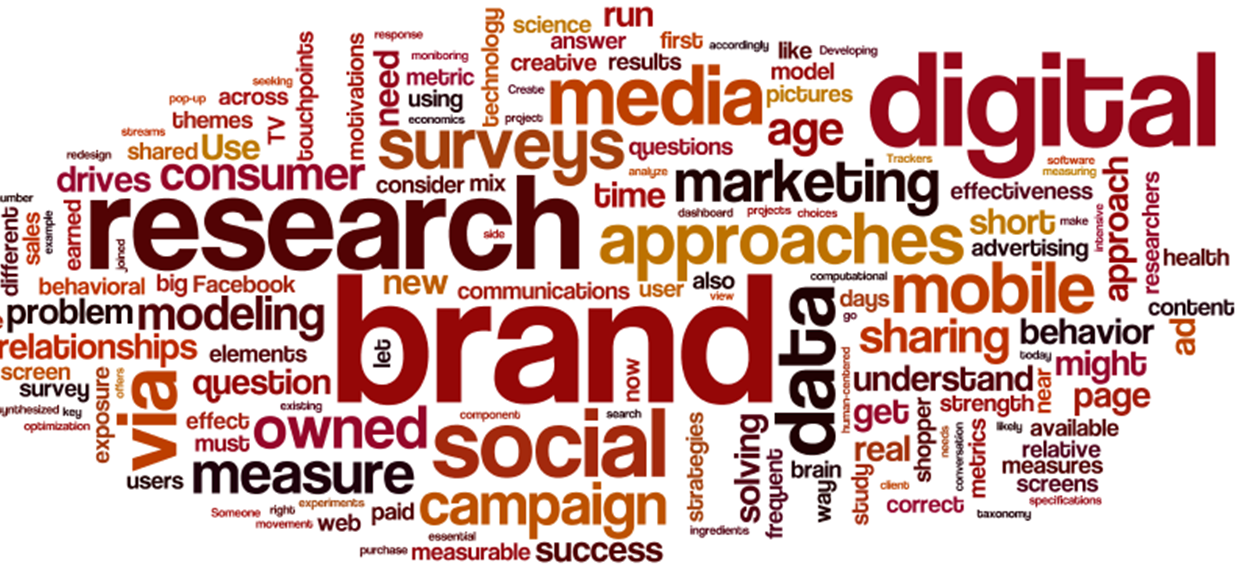I just saw the news today that Google is partnering with comScore to better measure digital ad effects in real time. The intention is for Google to be able to attract more spending from big brands:
“The combination will let advertisers and publishers track online ads in near real time, allowing them to change things on the fly if campaigns are not performing as expected. The addition of vCE will also help Google share more data with advertisers about what types of people see their ads and what their interests are.”
What underlies this is yet another way of trying to disprove the belief that digital is not a brand-building medium. Ever since I became Chief Research Officer at the ARF in 2008, I was hearing this debate about whether digital was a brand-building mechanism or should follow a direct response (DR) model. Frankly, I never quite understood the debate other than inferring that people who claimed that digital was not a brand-building medium had an old idea of what brand-building meant. They seemed to mean that the ability to create lasting brand meaning via a TV commercial simply did not exist yet in digital. Of course, we remember great commercials even from 40 years ago and can’t recall a great display ad to save our lives. However, that does NOT equate to digital not being a branding medium.
Let me give you the counter argument and then let me give you conclusive evidence from a recent study I was involved with.
The counter-argument. No one says that digital advertising doesn’t increase sales, so let’s ask, “What does display advertising and paid search do when it leads to a purchase?” In a digital, social, mobile age, it often leads to visiting a brand website or a shopping comparison/offers site. Certainly these sites contain content that can build brand meaning. Furthermore, if digital advertising leads to increased purchase, that means it leads to increases in consumers having experiences with brands via usage. Ultimately product usage, reinforced by packaging communications, is the most powerful form of creating brand meaning…consumers decide in their minds what the brand means to them. Great brands like Chobani and Starbucks started with experience and went to advertising, not the other way around. Personally, my introduction to brands that became my favorites often started with just buying something at the store that looked good, like the coffee I am addicted to; I never saw an ad for it and probably never will.
Now, the evidence. I have an on-going consulting relationship with InsightsNow, a marketing research firm based in Oregon. Through them, I worked on a shopper study for AOL that was intended to measure the impact of a digital lifestyle on how we shop. The study called “Buying at Speed, how Technology Empowers the Always-on Shopper” was unveiled at CES this year and key results are available on the AOL Advertising blog page.
For me, the most blockbuster findings are that half or more of internet users “digitally window shop” daily and those who do are 40% more likely to know what brand they will buy before they shop vs. those who browse online less than once a month. That is quite a lift in the importance of brands at driving shopping outcomes, and it all comes from a digital, always-on lifestyle so obviously digital IS a brand-building medium! These findings are robust coming from 5,000 respondents reporting collectively on over 20 categories studied.
Why might this be? My inference is that users are absorbing tremendous brand knowledge even if browsing without a specific shopping purpose in mind and motivated by killing time, feeding curiosity, and finding it fun.
The marketing implications are clear. Users decide if, when, and how they will seek out information online. Marketers need to make their brands always available and prominent via showing up on the first page of search results for important words and having a strong social media presence. Brands need a strong website that generates compelling content which is relevant and will be sought out to help live a chosen lifestyle that aligns to the brand’s purpose. They need to take advantage of precision targeting where it is now possible to predict if a given user is shopping and target a paid ad impression. None of this says the 30 second TV commercial isn’t important, but without a strong digital presence, it will increasingly make the sound of one hand clapping.


Good article.
So we are back to the old concept that 50% of advertising is wasted, we just don’t know which half?